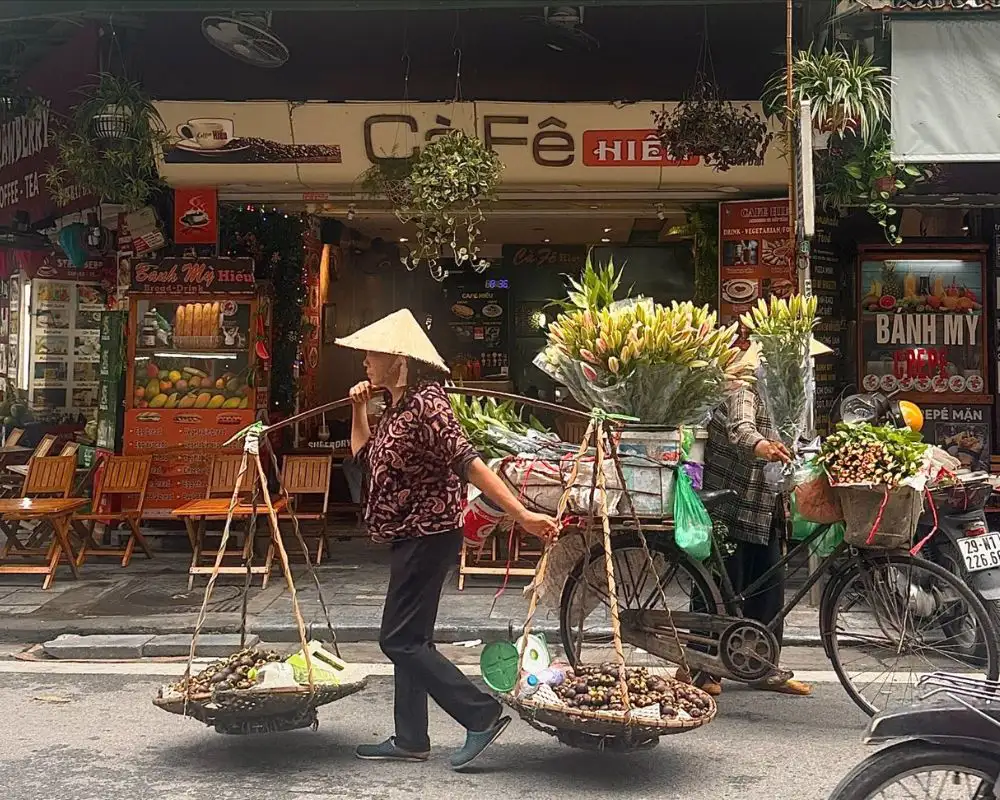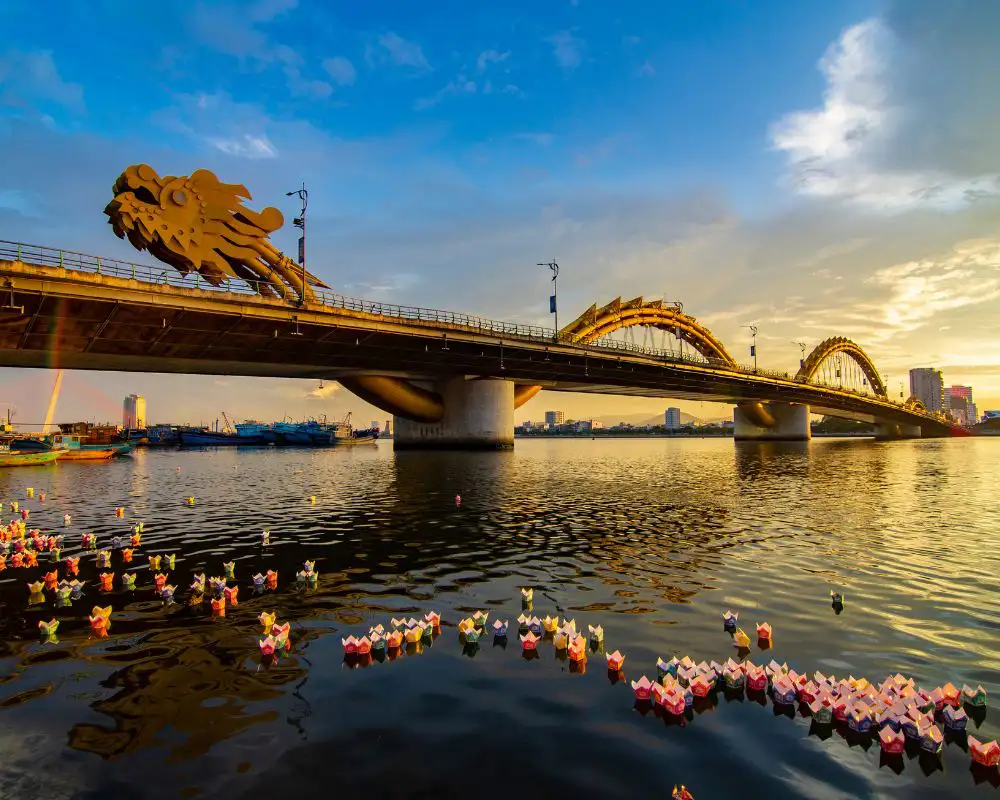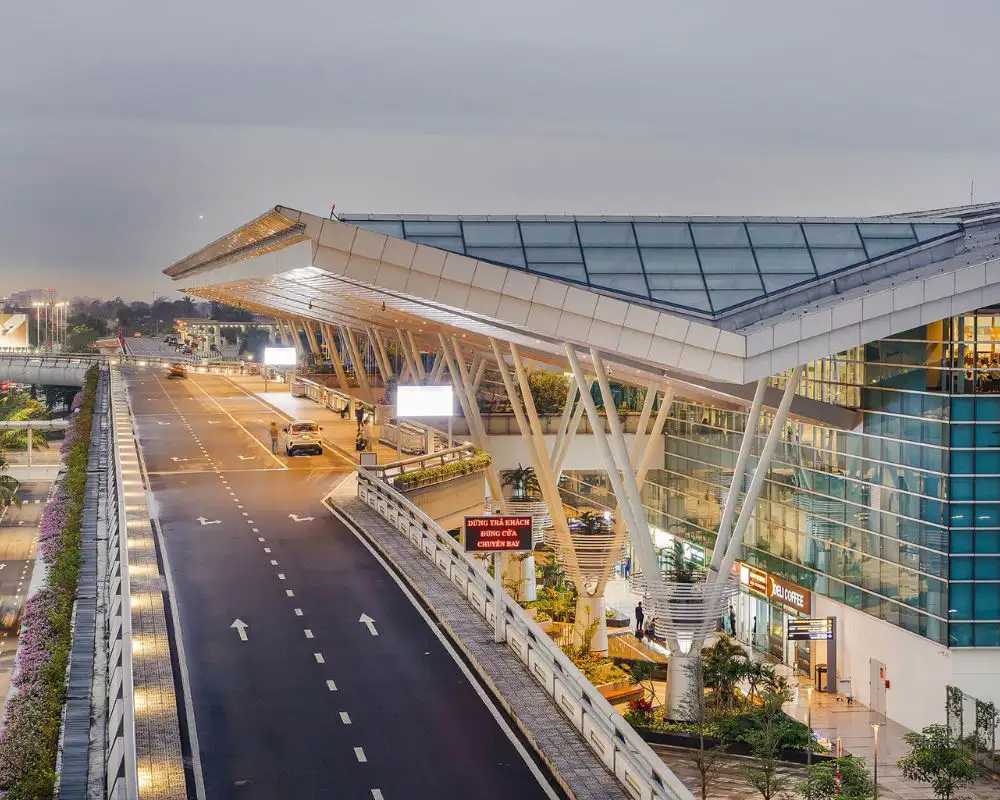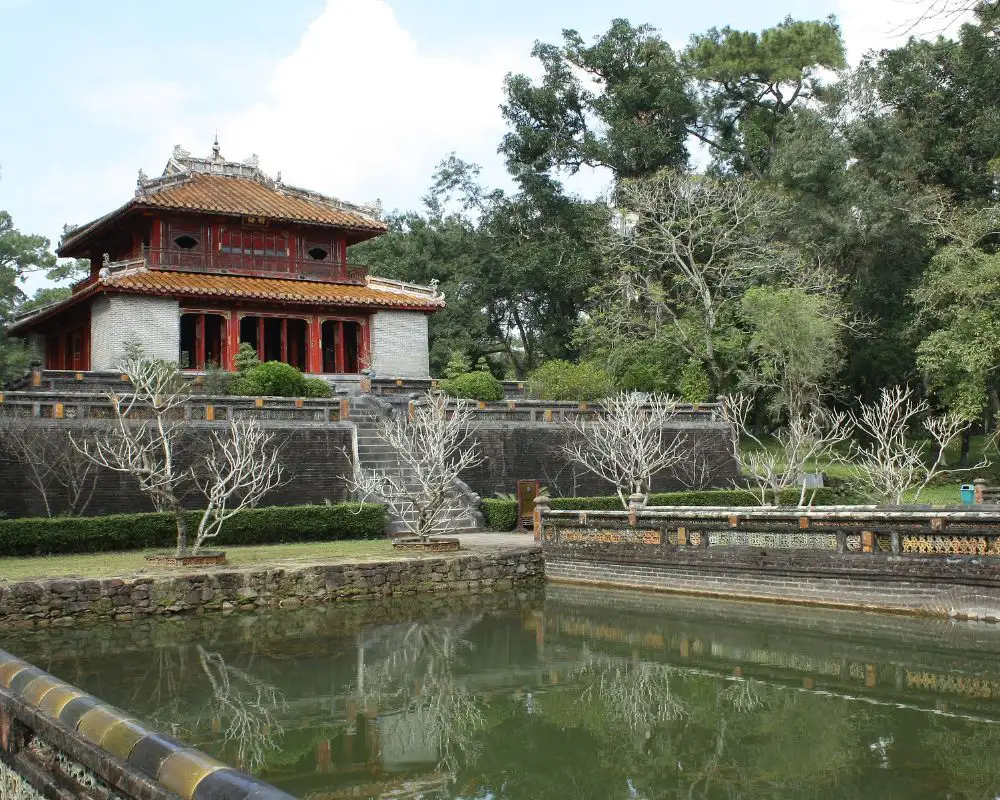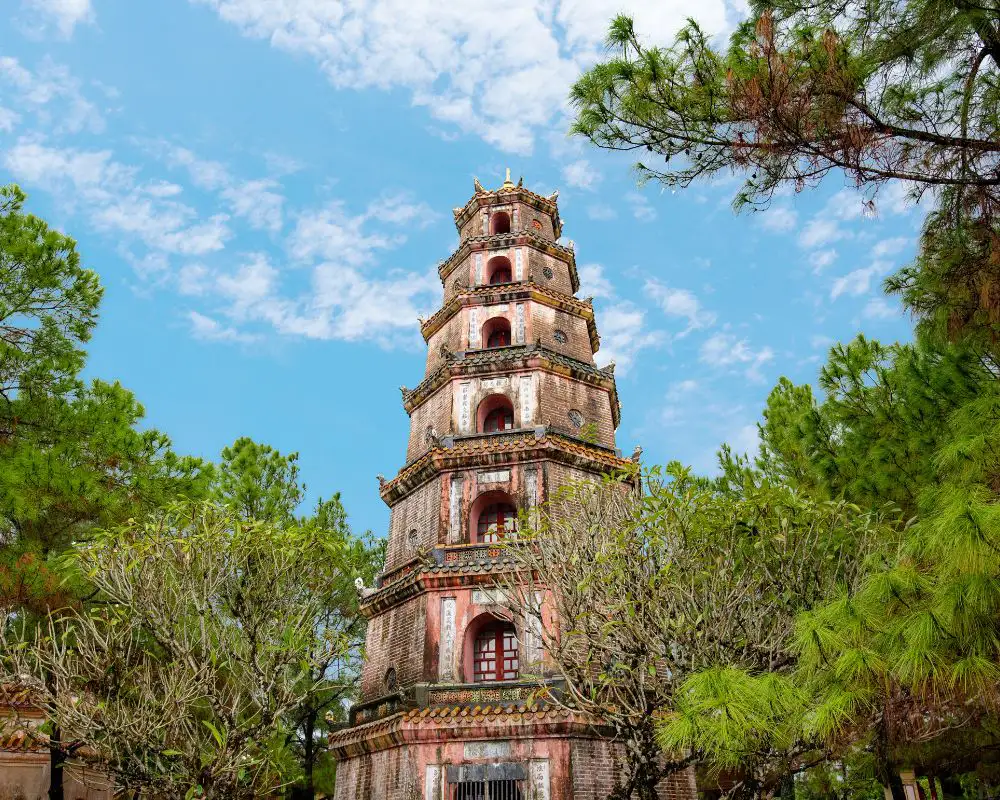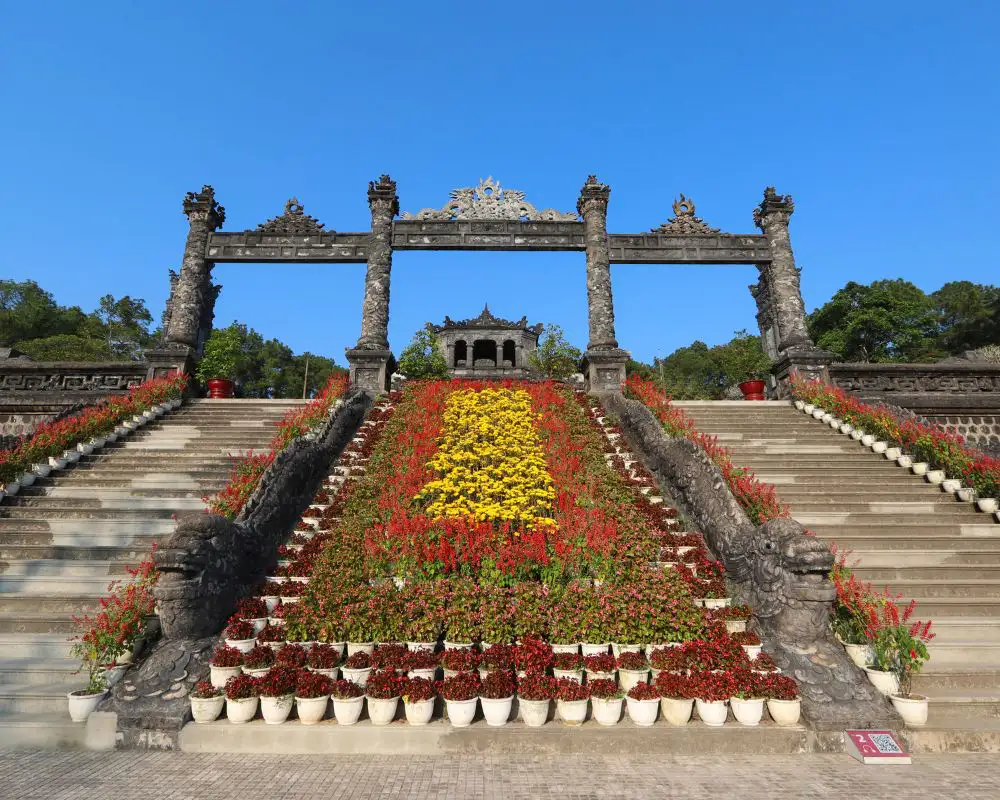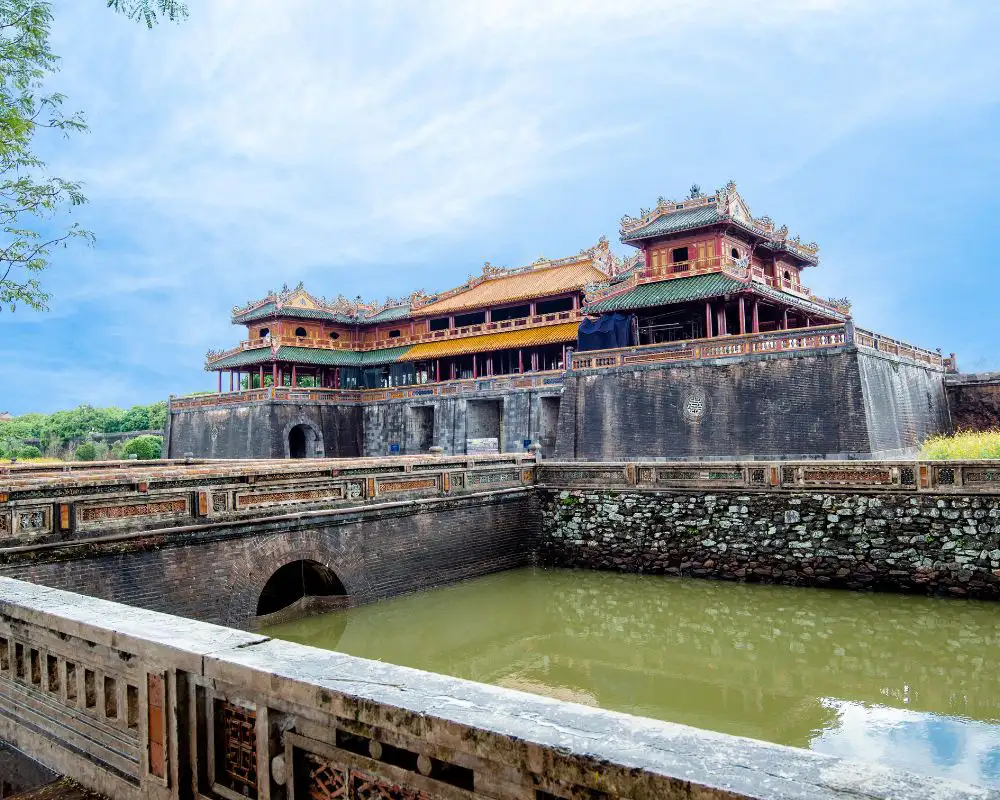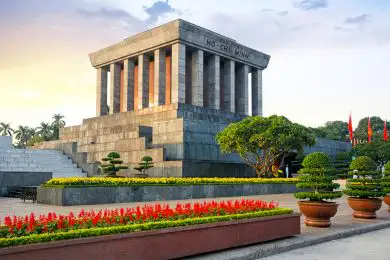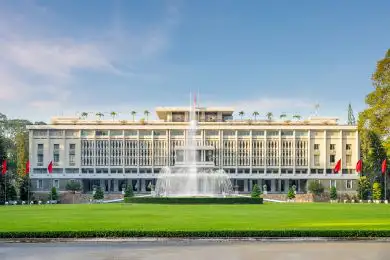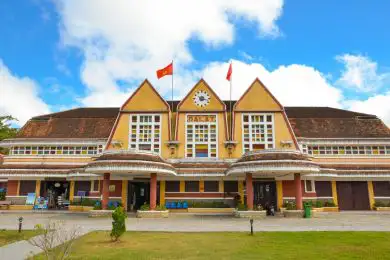Planning a trip to Vietnam might be challenge due to the country’s varied weather patterns and temperature zones. Due to the country’s extensive coastline, high mountains, and expansive rice fields, the country is subject to a wide range of weather conditions, each of which has the potential to significantly influence the experience of a traveler.
When it comes to arranging a vacation to Vietnam, it is essential to have a solid understanding of the country’s weather. This article will provide an overview of the weather patterns in Vietnam, the best time to visit Vietnam.
Vietnam Weather Overview
Vietnam, which is situated in Southeast Asia, is characterized by a tropical monsoon climate.
The country is characterized by two primary seasons: the rainy season, which begins in May and continues through October, and the dry season, which begins in November and continues through April.
There is a significant amount of precipitation across the majority of the nation during the rainy season, whilst the dry season is typified by weather that is sunny and dry.
There are three primary climate zones that the country of Vietnam may be classified into: the north, the center, and the south.

The climate in the north is classified as temperate, there are four different seasons, the climate in the center is classified as tropical monsoon, and the climate in the south is classified as tropical.
Temperatures in the northern area ( Hanoi, Halong, Sapa) range from freezing during the winter to scorching during the summer.
There is a rainy season and a dry season that occur in the central area of Vietnam ( Hue , Danang). Extremely high temperatures and high levels of humidity are experienced throughout the entire year in the southern part of Vietnam (Ho Chi Minh city)
When is the best time to visit Vietnam?
So, when is the best time to visit in Vietnam? The best time to visit Vietnam is from December to April. It’s almost entirely cloudy and the temperature is comfortable. However, where in Vietnam you go will also determine when is the best time to visit. December and January can be quite frigid months in the north.
By region
Northern Vietnam
You should be aware that the climate in the mountainous regions of the north of Vietnam, such as Sapa, Ha Giang, or Mu Cang Chai, is considerably different from the climate in the rest of the country if you plan on traveling to those areas. Both dry and wet seasons are present in the year.
Between October and March, which is the dry season, temperatures can drop to extremely low and frosty, particularly at night. It can get very rainy and muddy during the wet season, which lasts from April to September. In these regions, the greatest time to go hiking or cycling is between September and November, or between March and May, because the temperature is pleasant and the scenery is breathtaking during those times.
Along with Hanoi, Halong Bay, Ninh Binh, Mai Chau, and Hai Phong, the northern region of Vietnam is also home to Hai Phong. Two distinct seasons—winter and summer—are observed in these locations.
[chart_climate id=11238]
With an average temperature of 17-22 degrees Celsius, the winter season lasts from November to April and is characterized by a chilly but primarily dry climate. From January to March, the temperature is at its lowest.
Between May and October, the summer is characterized by high temperatures, high humidity, and a significant amount of precipitation. Between July and September, the wettest months of the year. Halong Bay can experience severe storms on occasion, which can have an impact on sailing.
>>> See more: Halong Bay 1 Day Luxury Group
Central Vietnam
Hoian, Danang, Hue, Dalat, Quy Nhon, and Nha Trang are just few of the well-known tourist spots that can be found in the central region of Vietnam. Different parts of this region experience different weather conditions.
[chart_climate id=6093]
Hoian, Hue, and Danang experience weather that is hot and dry from the middle of January until the end of August, with temperatures frequently reaching the middle of the 30s Celsius range.
There is an increase in the amount of rainfall that occurs during the winter months, with the highest levels occurring in October and November, and sometimes in the form of typhoons.
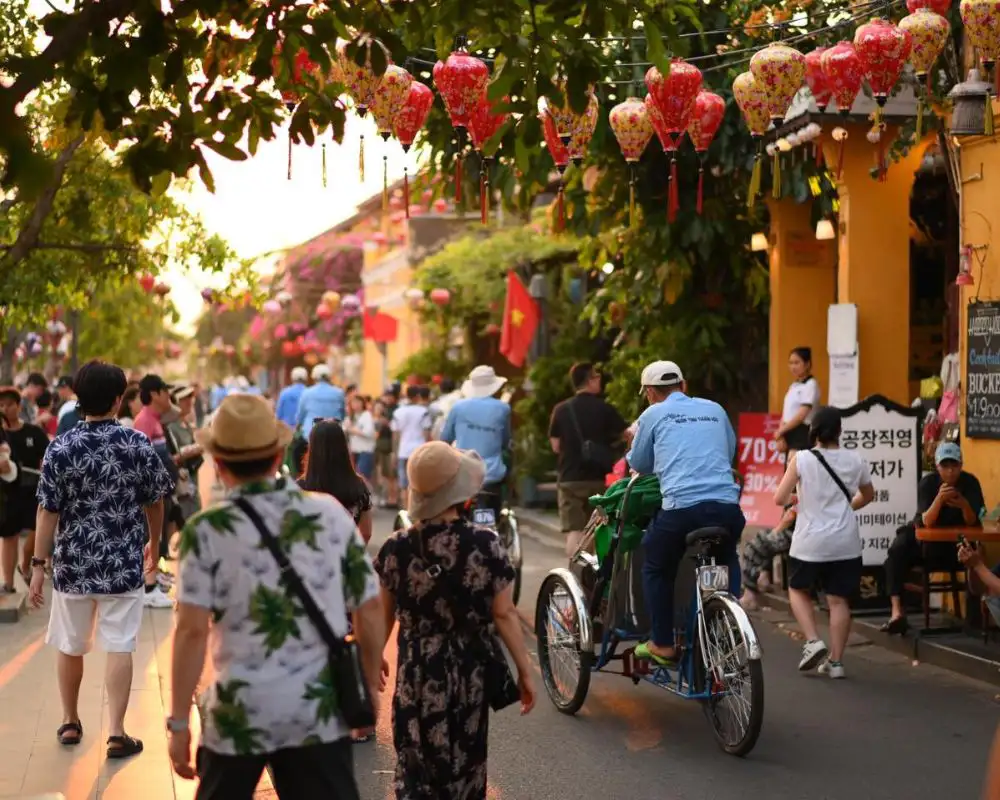
It is common for Hue to be cooler than Hoian, particularly in the beginning of the year. There are also instances when the weather in the two cities can be significantly different from one another since they are located on opposite sides of a mountain range.
Hoian is located a little further south than Quy Nhon, which has a weather pattern that is comparable to Hoian’s, but with a longer dry season.
It is even further south than Nha Trang, and it also has a longer dry season (which lasts from January to September), with high temperatures and very little precipitation being experienced.
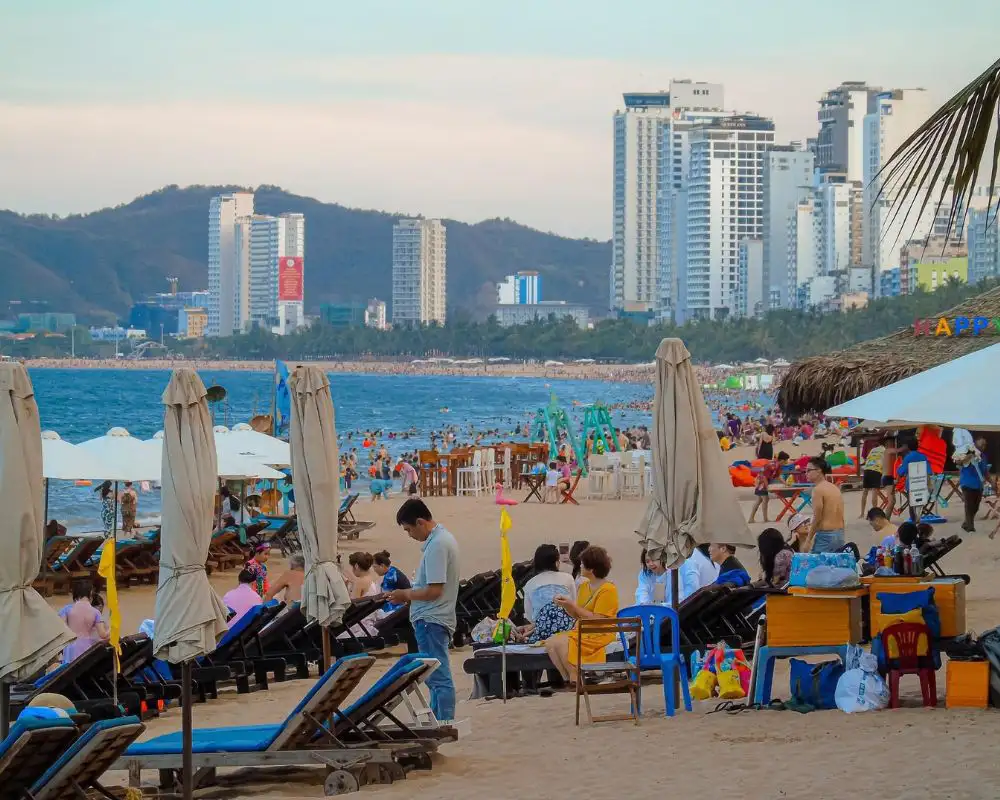
The months of October and November get over half of the yearly rainfall, making this the rainy season, which lasts from October until the beginning of December.
Due to its location in the central highlands, Dalat has a climate that is distinct from that of the rest of the region. June through October is a wet season, while November through May is a dry season. In December and January, temperatures can drop to a low.
>>> See more: Nha Trang Four Islands Tour Full
Southern Vietnam
Mekong Delta, Phu Quoc Island, Con Dao Island, Phan Thiet, and Mui Ne are all located in the southern region of Vietnam. Ho Chi Minh City is also located in this region. Temperatures here remain very stable throughout the year, hovering anywhere between 25 and 35 degrees Celsius. The climate can be broken down into two distinct seasons: the hot and the dry.
The dry season lasts from November to April or the beginning of May, with the end of February to May being a little warmer and more humid than the rest of the year.
The months of June through August are the wettest months of the year, while the wet season begins in May and lasts until the beginning of November. In the afternoon, quick but intense downpours are typically the most common type of precipitation.
Mekong Delta, Phu Quoc Island, Con Dao Island, Phan Thiet, and Mui Ne are all located in the southern region of Vietnam. Ho Chi Minh City is also located in this region.
[chart_climate id=12957]
Temperatures here remain very stable throughout the year, hovering anywhere between 25 and 35 degrees Celsius. The climate can be broken down into two distinct seasons: the hot and the dry.
The dry season lasts from November to April or the beginning of May, with the end of February to May being a little warmer and more humid than the rest of the year.
[chart_climate id=11300]
The months of June through August are the wettest months of the year, while the wet season begins in May and lasts until the beginning of November. In the afternoon, quick but intense downpours are typically the most common type of precipitation.
With sunny days for the most of the year, the islands of Phu Quoc and Con Dao, which are located in the far south, are easily accessible throughout the entire year. When you visit, however, you should be prepared for some afternoon showers if you go outside of the dry season.
>>> See more: Phu My Port To Mekong Delta tour
By Month
January in Vietnam
January in Vietnam is typically a dry month across the country, except central Vietnam, which is still experiencing the last stages of its rainy season. The climate in the northern region, which includes Hanoi and Halong Bay, is significantly cooler than the climate further south. The mountainous region in the far north can see temperatures as low as 5 degrees Celsius in the mornings and evenings, making it possible for the temperature to drop significantly.
It is common for the Lunar New Year, Tet Nguyen Dan, to occur in January. Numerous restaurants and shops close their doors in preparation for this significant occasion, which causes hotels to fill up with guests.
February in Vietnam
February is a popular time to visit Vietnam because the weather is generally warm, dry, and sunny over the majority of the country.
The month of February is an excellent destination for cycling and trekking; it is recommended to have sunscreen and a warm jacket for the evenings.
On the beaches of coastal attractions like Hoian and Danang, there are a lot of people who are looking to soak up some rays.
Tet Nguyen Dan, also known as Lunar New Year, might occur in February, hotels start to fill up and a lot of shops and restaurants lock their doors for this nationwide festival.
March in Vietnam
The dry and warm weather that Vietnam experiences in March marks the beginning of the peak season, however by the end of the month, temperatures in the south begin to rise to an uncomfortably high level.
During March, beach resorts are quite crowded, and it is also regarded to be the finest month to take a cruise around the gorgeous limestone islands of Halong Bay under clear skies that are free of rain.
During this time of year, the northern and central regions of Vietnam are incredible places to go trekking and riding.
April in Vietnam
The best time to visit is April. One of the greatest ways to get away from the throng is to go on a bicycle ride in the countryside or go on a hike in the mountainous region of the north, where spring flowers are still in bloom.
Those who crave the warmth of the sun might satisfy their cravings by going to the seaside, even though the temperature is rising even in the shade in the south.
Although there is a possibility of rain showers as the monsoon season draws near, April is an excellent month to take the family on a trip to Vietnam.
May in Vietnam
It is recommended that you travel to the mountains, Hanoi, or the central coast of Vietnam during May because temperatures in the south of Vietnam can often reach 40 degrees Celsius.
As the monsoon season draws near, the weather in Ho Chi Minh City is expected to be hot and humid, with the possibility of brief afternoon showers.
It is also possible to have sporadic showers in the northern region of Vietnam; however, the temperatures are somewhat more bearable. During May, hiking and cycling in Vietnam are still highly enjoyable activities, and because the peak season is winding down, you can frequently get a good deal.
June in Vietnam
If you are looking for the best time to visit Vietnam, June can be the perfect destination for you. In the sweltering south, there are brief and intense showers that are not likely to have a significant impact on travel, but they have the potential to cause periodic flooding in certain regions of the Mekong Delta.
It is not a good idea to go trekking in the northern region of Vietnam because of the frequent rainfall that can clog up the trails and the occasional storm that can occur in the highlands.
However, the coast in central Vietnam is pleasant and typically dry; if you want to enjoy the beach, you should go to Hoian and Danang and carry a beach towel with you. The cultural traditions of Vietnam are shaped by the country’s historical ties to China. For the majority of celebrations, the lunar calendar is utilized.
July in Vietnam
Both the north and south of Vietnam, as well as the central Highlands, get a significant amount of rainfall throughout the month of July, which means that vacations that involve hiking or cycling are not appropriate during this time of year. In addition, flooding in the Mekong Delta is not an uncommon occurrence. Despite this, the beaches around the central coast continue to be picture-perfect, with temperatures reaching up to 30 degrees Celsius at times.
August in Vietnam
The stunning central coast of Vietnam is the best location to visit during the month of August. You can explore Danang an Hoian in during time but you should not go trekking in high and isolated areas because of the severe rain that is falling.
September in Vietnam
It is still raining in the north and south, things are beginning to dry up from the end of September. Central Vietnam is an entirely different story: you might be able to squeeze in a beach vacation at the beginning of September, but typhoon season is getting closer, and as the month progresses, the coast and highlands can be hammered by rain and storms. A significant harvest celebration takes place around the full moon that occurs between September and October. around this festival, children march with lanterns in their hands and perform traditional lion dances.
October in Vietnam
October in Vietnam may be a beautiful place to visit in both the north and the south. The rains have stopped, the temperatures are warm but not stifling, and the next peak season is still some distance away.
However, trekking and cycling vacations are very popular during this time of year. Central Vietnam is not a good place to go because there are still strong rains and storms.
As you travel through the countryside, you will come across people who are diligently working to bring in the crop of rice, while the floating markets of the Mekong Delta are at capacity with fresh produce.
November in Vietnam
This November features some of the most favorable weather conditions in Vietnam, with the north and south experiencing high temperatures and dry conditions. At this time of year, the beaches in the south are really breathtaking, while trekking in the hilly region of the north near Sapa is a very pleasant experience. We believe that November is the best time of year to visit Vietnam if you want to spend a day or two sailing around Halong Bay.
December in Vietnam
December is a very popular season to visit Vietnam, especially around the time of Christmas, it is a good idea to make reservations for your trip to Vietnam in advance if you intend to spend the holidays at one of the stunning beach resorts in the south. The northern and southern regions of Vietnam are characterized by a warm and dry climate, whereas higher altitudes have nighttime temperatures that are much cooler. The rains in central Vietnam begin to lessen during the end of December, but you should still be prepared for periodic showers and thunderstorms.

